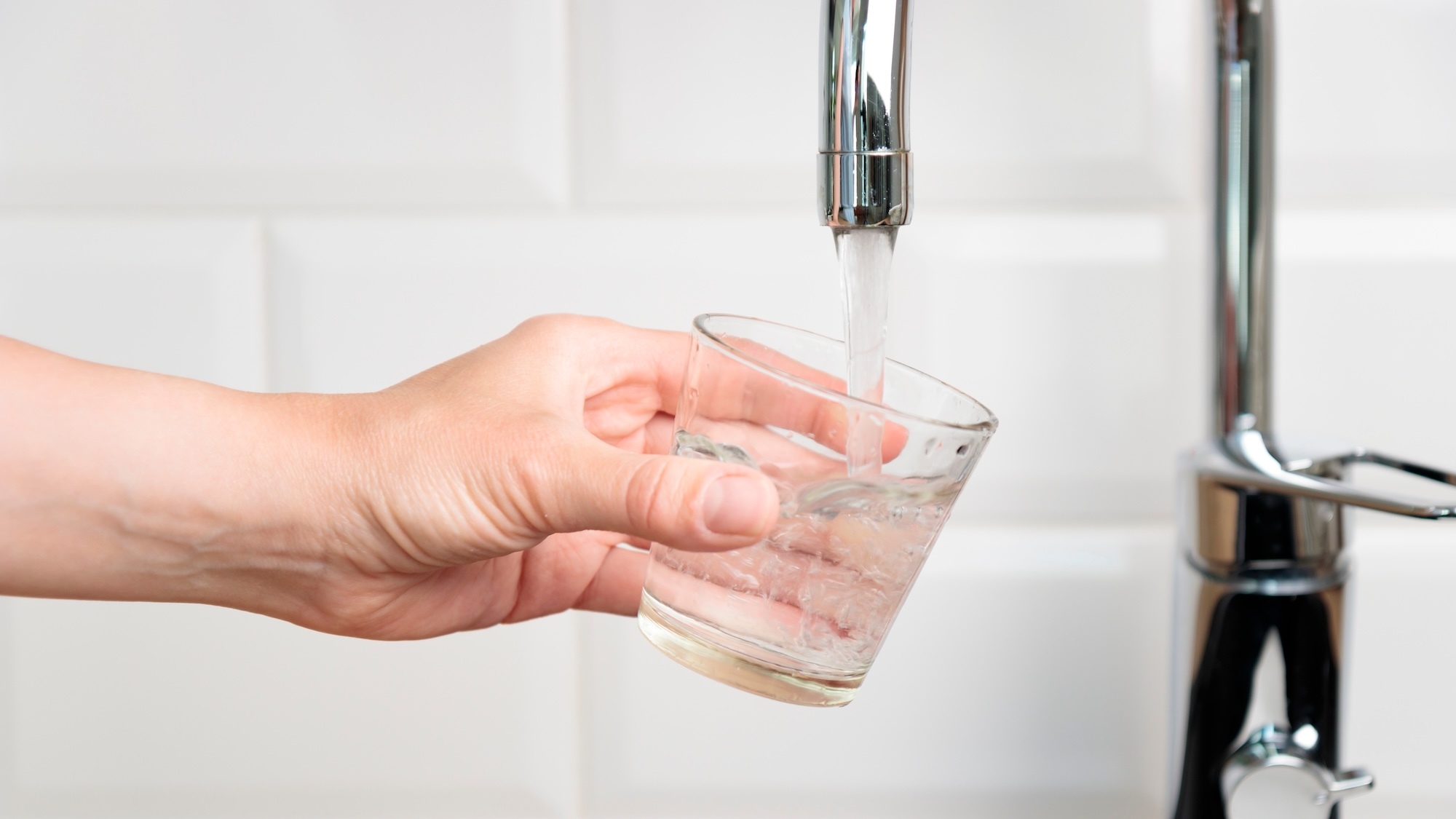Is drinking tap water becoming dangerous? Maybe. On Thursday, January 23, UFC-Que Choisir published its study on the presence of PFAS, or forever chemicals, in water. And the results are shocking: whether in big cities like Paris, Lyon, Bordeaux, or in smaller towns like Lunel or Lavernat, 33 chemical compounds, the maximum the laboratory was able to test, have been detected in tap water, including one that exceeds European limits.
✏️ dessin du jour pour @_lunion #polluants #pfas dans l’eau potable…#actu #dessindepresse pic.twitter.com/FUsa4zAWP8
— CHAUNU (@EmmanuelChaunu) January 24, 2025
The limit threshold of a forever pollutant is largely exceeded in Bordeaux
In 2024, the organization conducted various analyses in 30 French municipalities, with the help of the association Generations Futures. While PFAS were detected in all of these cities, in 20 of them, the threshold exceeds the European standard set at 100 nanograms/liter. Trifluoroacetic acid (TFA) was notably found in 24 of the tested waters. Unfortunately, TFA is "very rarely searched for by regional health agencies during drinking water checks", the study states.
With a concentration of 6200 ng/l, Paris ranks second among the studied cities with
Long-term harmful effects
The issue is that those referred to as "eternal pollutants" gather more than 4,700 molecules. They can be found both in the air and in the water, as well as in the human body. If exposure to these PFAS continues for a long time, they can act as endocrine disruptors and have an impact on fertility and the development of certain cancers. As the study explains, TFA is "almost indestructible in the environment", which means exposure is heightened, even though it is not "as dangerous as PFOA or PFOS".
If the other PFAS analyzed “remain compliant with the standard chosen by France” which is “far less strict than those of other countries ”, the organizations responsible for the study emphasize the importance of being more vigilant. On our part, we learn that "with the upcoming Danish standard on PFAS, which is even stricter, (2 ng/l for the sum of 4 specific molecules), 15 samples (out of 30) would exceed the acceptable thresholds, particularly in Bordeaux and Lyon." Not very reassuring!
Researchers have determined what happens to people’s liver when they are exposed to #PFAS. A researcher says that these substances, which almost everyone has in their bodies, increase the risk of developing type 2 #diabetes and metabolic dysfunction–associated steatotic liver… pic.twitter.com/XFEz1DtTXj
— ScienceNews (@sciencenewsdk) January 24, 2025
